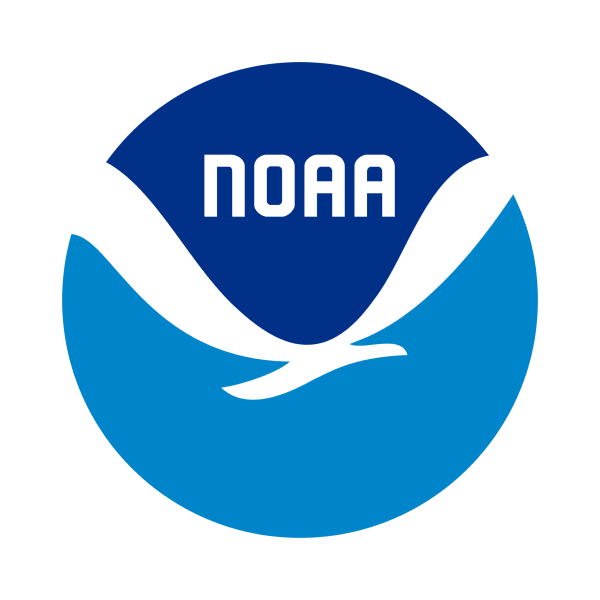Students use photographs of regurgitated albatross boluses to perform a “virtual dissection” and analysis, comparing the amounts of prey and non-prey items found in several boluses. They then use what they have learned to create a model of a bolus, with which they can educate others. This activity is available for Grades 6-8 and 9-12, within the "Impacts" unit.
Oregon Sea Grant at Oregon State University created a comprehensive, web-based, Marine Debris Science, Technology, Engineering, Art, Math, and Social Studies (STEAMSS) Curriculum with support from the NOAA Marine Debris Program. Marine Debris is a complex, real-world problem which can be addressed through the lenses of several different academic subjects. This curriculum integrates the subject areas of STEAMSS, focusing on experiential hands-on activities for students. The collected teacher-tested resources enable educators to create in-depth, project based learning (PBL) units, work with teaching partners across disciplines, and find classroom and field experiences that will help students explore the issue and impacts of marine debris and engage in stewardship actions. With this curriculum students collect and analyze data, address problems through engineering design, use technology and art to effectively convey stewardship messages, contribute to clean up efforts, and work with community partners. Access the teacher-tested, effective Marine Debris STEAMSS Curriculum here: https://oregoncoaststem.oregonstate.edu/marine-debris-steamss.
 An official website of the United States government.
An official website of the United States government. 